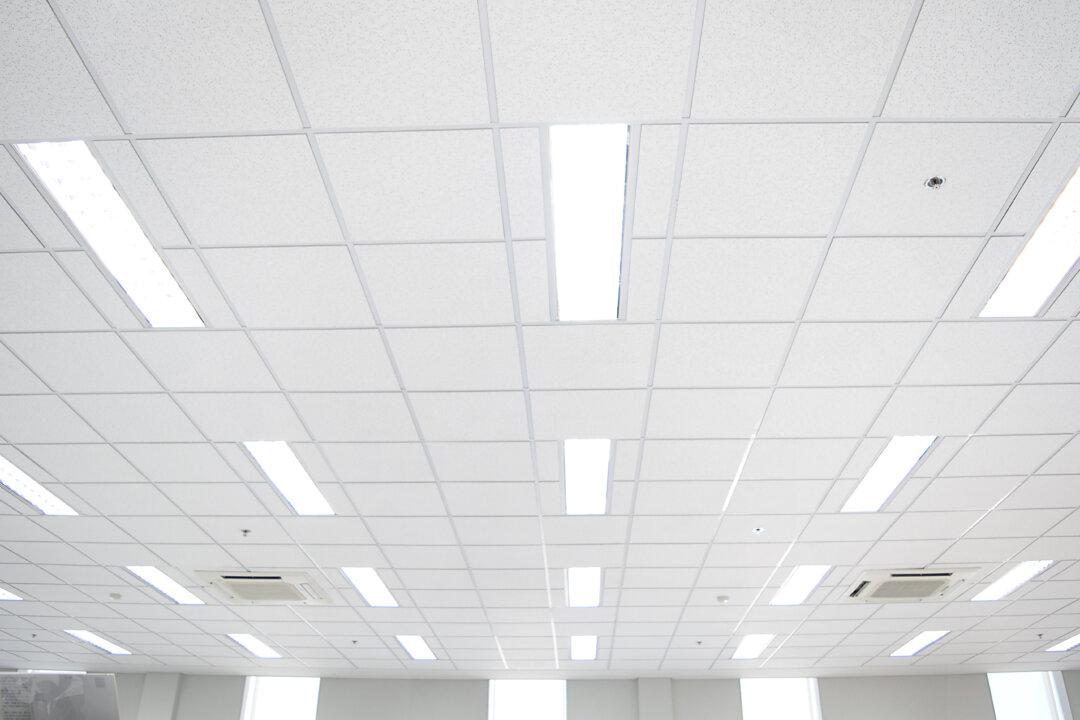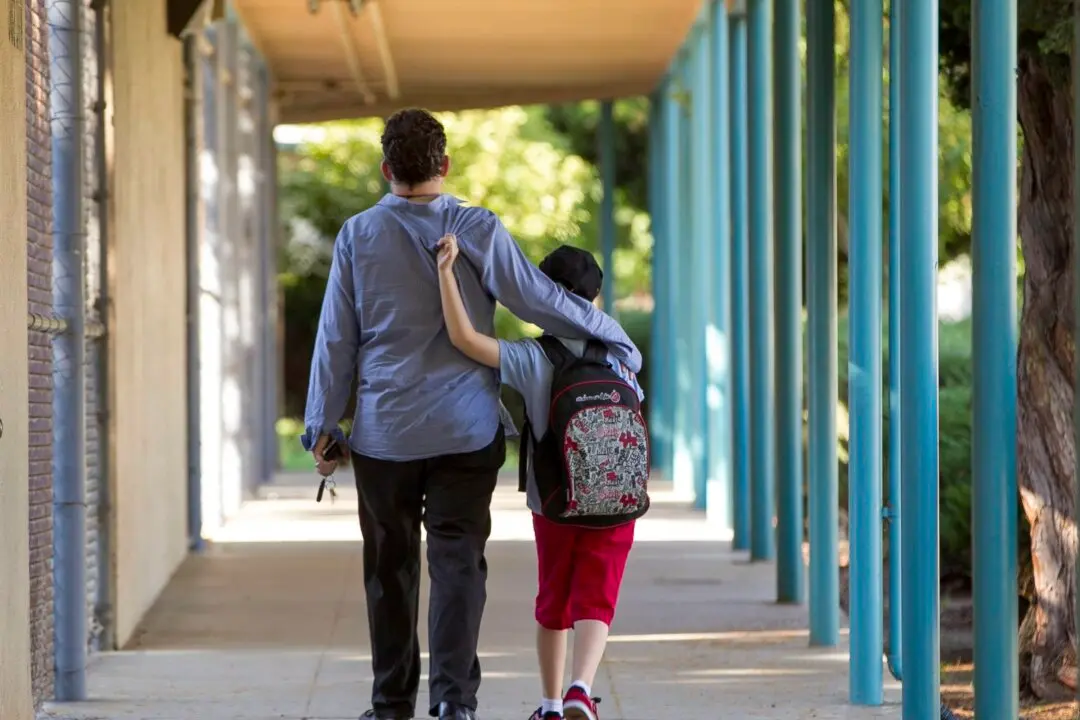Ottawa is banning the sale of fluorescent light bulbs, citing safety and environmental concerns.
The federal government announced its plan this week to ban the import and manufacture of fluorescent light bulbs beginning Dec. 31, 2025, due to their use of mercury, a highly toxic heavy metal that negatively impacts the environment when disposed of improperly.





